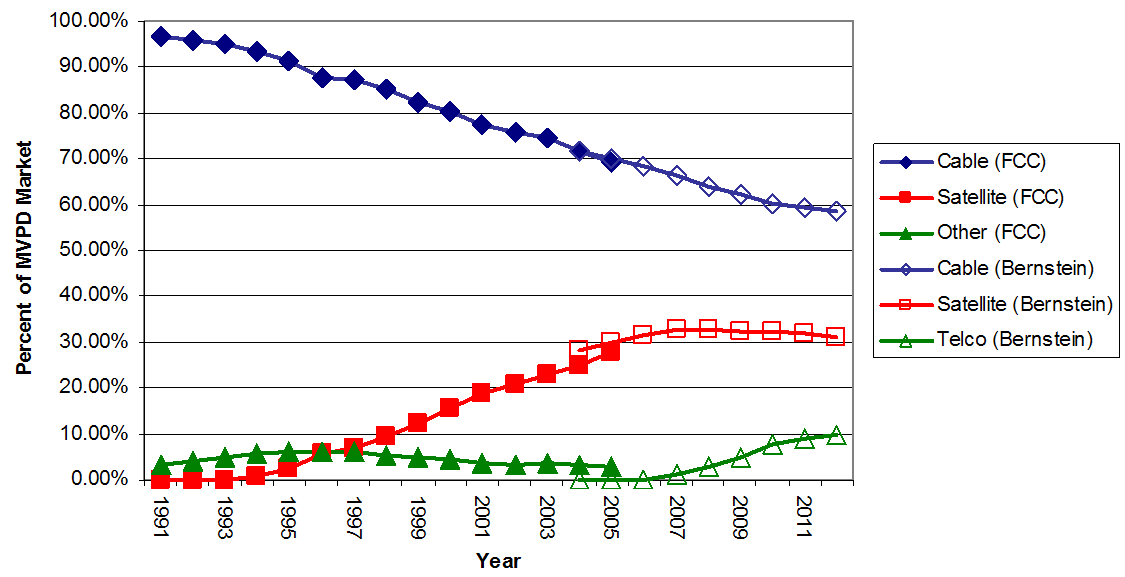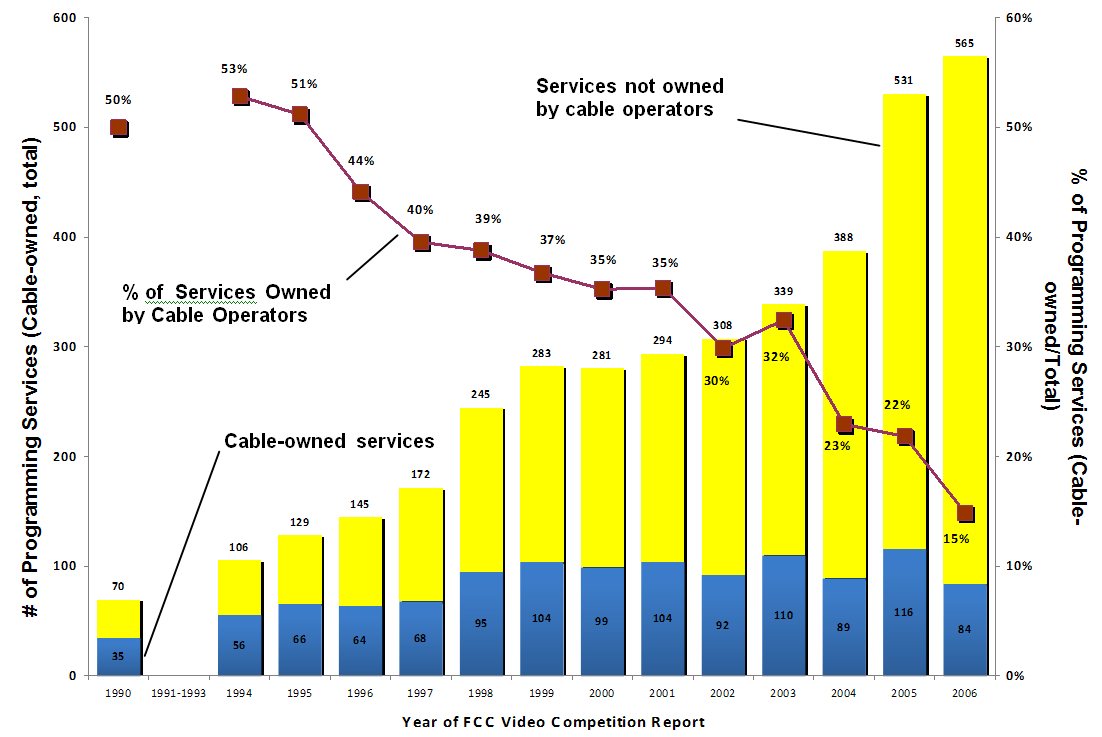|
Wednesday, November 25,
2009
Cutting the Video Cord: Clicker.com
 Around this time last year, a relative 20 years my senior was asking me what I was writing about and I mentioned how I'd been collecting anecdotes and stats for what was becoming our Cutting the Video Cord series here. That series has documented how the Internet and new digital media options are displacing traditional video distribution channels. We've been exploring what that means for consumers, regulators and the media itself. Around this time last year, a relative 20 years my senior was asking me what I was writing about and I mentioned how I'd been collecting anecdotes and stats for what was becoming our Cutting the Video Cord series here. That series has documented how the Internet and new digital media options are displacing traditional video distribution channels. We've been exploring what that means for consumers, regulators and the media itself.
I asked this relative of mine if they spent any time watching their favorite shows, or even movies, online or through alternative means than just their cable or satellite subscription. He said he didn't because of the lack of an easy way to find all their favorite shows quickly. Specifically, he lamented the lack of a good "TV Guide" for online video. I explained to him that, for most of us 40 and under, our "TV Guide" was called "a search engine"! It's pretty easy to just pop in any show name or topic into your preferred search engine and then click on "Video" to see what you get back. Nonetheless, I had to concede that random searching for video wouldn't necessarily be the way everyone would want to go about it. And it wouldn't necessarily organize the results in way viewers would find useful--grouping things thematically by genre or offering the sort of related programming you might be interested in seeing.
Well, good news, such a service now exists. Katherine Boehret of the Wall Street Journal brought "Clicker.com" to my attention in her column last night, a terrific new (and free) video search service: Continue reading Cutting the Video Cord: Clicker.com . . .
posted by Adam Thierer @ 9:47 AM |
Cutting the Video Cord, Mass Media, Media Regulation
Link to this Entry | Printer-Friendly | Email a Comment |Post a Comment (3)
Wednesday, September 9,
2009
The Quid Pro Quo In Practice
My
colleagues Berin Szoka and Adam Thierer have written many times about the quid pro quo by which advertising
supports free online content and services: somebody
must pay for all the supposedly "free" content on the Internet. There is no free lunch!
Here
are two two recent examples I came across of the quid pro quo being made very
apparent to users.

Hulu. Traditionally, broadcast media has been a
"two-sided" market: Broadcasters give away content to attract audiences, and
broadcasters "sell" that audience to advertisers. The same is true
for Internet video. But watching Hulu over the weekend, I
noticed something interesting: Adblock Plus blocked the occasional
Hulu ad but every time it did so, I was treated to 30 seconds of a black screen
(instead of the normal 15 second ad) showing a message from Hulu reminding me
that "Hulu's advertising partners allow [them] to provide a free viewing
experience" and suggesting that I "Confirm all ad-blocking software
has been fully disabled."
Although
I use AdBlock on many newspaper websites (because I just can't focus on the
articles with flashing ads next to the text), I would much rather watch a
15-second ad than wait 30 seconds for my show to resume. I think most users would feel the same way. We
get annoyed by TV ads because they take up so much of our time. If Wikipedia is
to be believed, there's now an average of 9 minutes of
advertisements per half-hour of television. That's double the amount of advertising that was shown in the 1960s.
But
online services such as Hulu show an average of just 37 seconds of
advertising
per episode. Amazingly, some shows garner ad rates 2-3 times higher than on prime-time
television.
Why might ad rates for online shows be higher? Because: Continue reading The Quid Pro Quo In Practice . . .
posted by Adam Marcus @ 2:52 PM |
Advertising & Marketing, Cutting the Video Cord, Internet TV
Link to this Entry | Printer-Friendly | Email a Comment |
Tuesday, September 1,
2009
Court Strikes Down FCC's Cable Cap: The Revolution in Video Distribution in Three Charts
The D.C. Circuit has struck down as arbitrary and capricious the FCC's "cable cap." The cap prevented a single cable operator from serving more than 30% of U.S. homes--precisely the same percentage limit struck down by the court in 2001. The court ruled that the FCC had failed to demonstrate that "allowing a cable operator to serve more than 30% of all cable subscribers would threaten to reduce either competition or diversity in programming."
The court's decision rested on the two critical charts (both generated by my PFF colleague Adam Thierer in his excellent Media Metrics special report) at the heart of the PFF amicus brief I wrote with our president, Ken Ferree:
First, the record is replete with evidence of ever increasing competition among video providers: Satellite and fiber optic video providers have entered the market and grown in market share since the Congress passed the 1992 Act, and particularly in recent years. Cable operators, therefore, no longer have the bottleneck power over programming that concerned the Congress in 1992.

Second, over the same period there has been a dramatic increase both in the number of cable networks and in the programming available to subscribers.
Our chart shows the explosion in the number of programmers (though not the total amount of programming), as well as the falling rate of affiliation between cable operators and programmers, which was among the prime factors motivating Congress when it authorized a cable cap in the 1992 Cable Act:

These two charts show how much less defensible the FCC's 30% cap is now than it was back in 2001. If the Court had needed still more evidence, it could have cited the broader trend towards "Cutting the Video Cord." As we explained in our amicus brief, viewers are shifting away from cable, satellite and fiber ("Multichannel Video Programming Distributors," in FCC-speak) towards sites like Hulu and Netflix (which we dubbed "Internet Video Programming Distributors" in the hopes that a familiar-sounding acronym might resonate inside a regulatory agency that can't even figure out how to stream its own meetings properly). Nothing better demonstrates how the Internet is revolutionizing video distribution than the fact that Hulu.com has actually overtaken TimeWarner cable in viewership: Continue reading Court Strikes Down FCC's Cable Cap: The Revolution in Video Distribution in Three Charts . . .
posted by Berin Szoka @ 11:40 AM |
Antitrust & Competition Policy, Cable, Cutting the Video Cord, Mass Media
Link to this Entry | Printer-Friendly | Email a Comment |
Sunday, May 17,
2009
Cutting the (Video) Cord: Two Excellent Washington Post Articles
As part of our ongoing series that tracks the gradual transition of video content to the boob tube to online outlets, I want to draw everyone's attention to two excellent articles in today's Washington Post about this trend. One is by Paul Fahri ("Click, Change: The Traditional Tube Is Getting Squeezed Out of the Picture") and the other by Monica Hesse ("Web Series Are Coming Into A Prime Time of Their Own"). I love the way Paul opens his piece with a look forward at how many of us will be explaining the "old days" of TV viewing to our grand kids:
Sit down, kids, and let Grandpa tell you about something we used to call "watching television."
Why, back when, we had to tune to something called a "channel" to see our favorite programs. And we couldn't take the television set with us; we had to go see it!
Ah, those were simpler times.
Oh, sure, we had some technology we thought was pretty fancy then, too, like your TiVo and your cable and your satellite, which gave us a few hundred "channels" of TV at a time. Imagine that -- just a few hundred! And we had to pay for it every month! Isn't the past quaint, children?
Well, it all started to change around aught-eight, or maybe '09, for sure. That's when you no longer needed a television to watch all the television you could ever want.
Yes, I still remember it like it was yesterday . . .
Too true. Anyway, Paul goes on to document how some folks have already completely made the jump to an online-online TV existence and are doing just fine, although the idea of us all gathering around the tube to share common experiences may be a causality of the migration to smaller screens, he notes. Continue reading Cutting the (Video) Cord: Two Excellent Washington Post Articles . . .
posted by Adam Thierer @ 11:24 AM |
Cutting the Video Cord, Mass Media
Link to this Entry | Printer-Friendly | Email a Comment |
|
